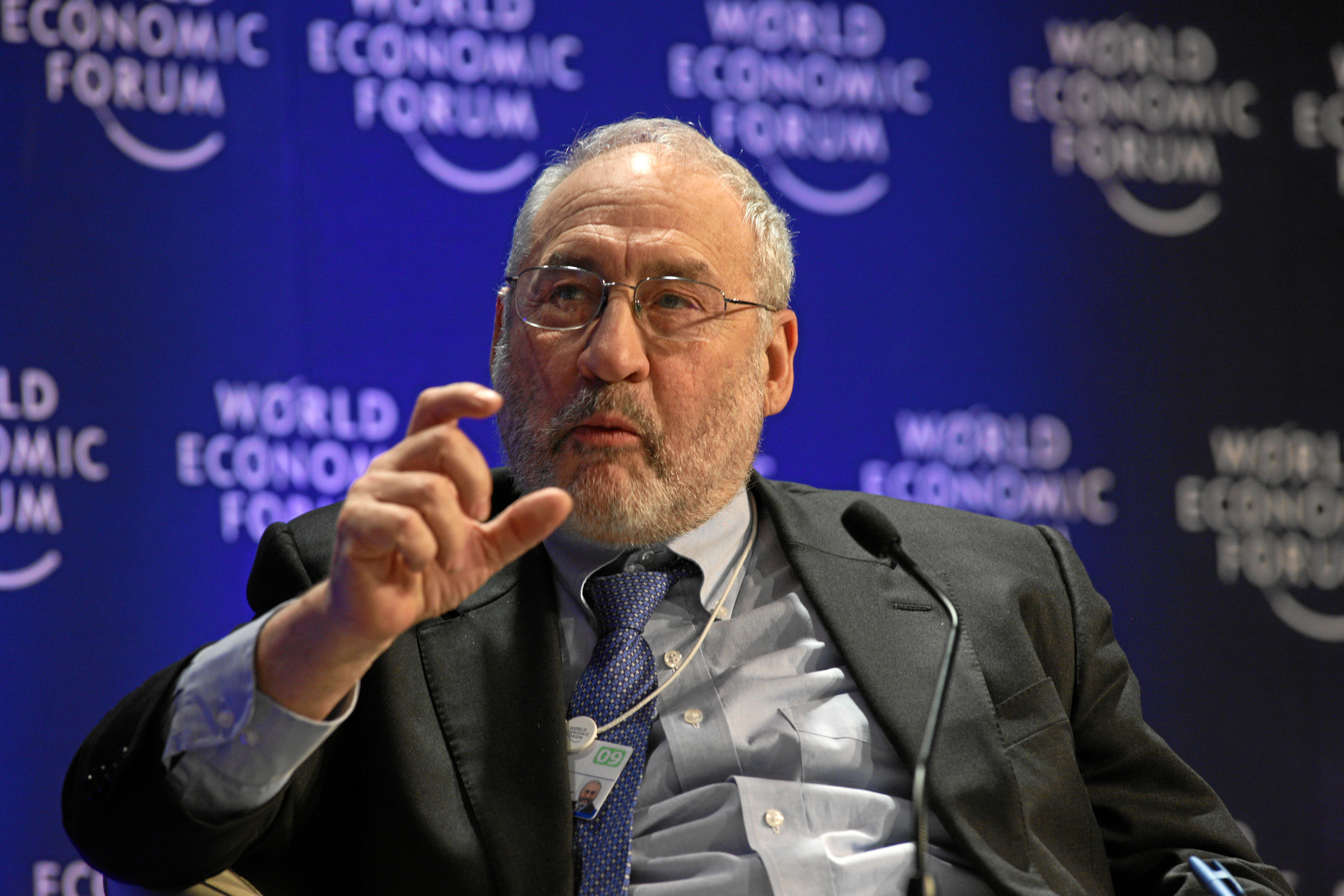In the recent past it has been suggested that some amount of inflation cannot be bad in order to get economic growth going again. Hence, the Reserve Bank of India(RBI), should cut the repo rate in order to get the economic growth going.
Repo rate is the rate at which RBI lends to banks. The hope is that when the RBI cuts the repo rate, banks will also cut their lending rates. At lower rates both individual consumers as well as firms will borrow and spend more. And this will get economic growth going again. (As I have said in the past individual consumers are already borrowing at a record pace even at the so called high interest rates).
How does this work? As RBI governor Raghuram Rajan had explained in a February 2014 speech: “By raising interest rates, the RBI causes banks to raise rates and thus lowers demand; firms do not borrow as much to invest when rates are higher and individuals stop buying durable goods against credit and, instead, turn to save. Lower demand growth leads to a better match between demand and supply, and thus lower inflation for the goods being produced, but also lower growth.”
When RBI cuts the repo rate this trend reverses. As Rajan explained: “Relatedly, if lower rates generate higher demand and higher inflation, people may produce more believing that they are getting more revenues, not realizing that high inflation reduces what they can buy out of the revenues. Following the saying, “You can fool all the people some of the time”, bursts of inflation can generate growth for some time. Thus in the short run, the argument goes, higher inflation leads to higher growth.”
The trouble is that this inflation eventually catches up with growth. As Rajan said: “As the public gets used to the higher level of inflation, the only way to fool the public again is to generate yet higher inflation. The result is an inflationary spiral which creates tremendous costs for the public.”
Hence, it is important that inflation stays in control, if a country is looking for strong growth over a long period of time. (As I had explained in a column last week).
Inflation as per the consumer price index has started to go up again. For June 2016, the inflation was at 5.77 per cent. In comparison, the inflation in June 2015 was at 5.40 per cent. One reason for this jump has been food inflation. Food inflation in June 2016 was at 7.79 per cent. Within food, vegetables, pulses and sugar, saw an increase in price of 12.72 per cent, 28.28 per cent and 12.98 per cent, respectively. Spices went up by 8.13 per cent. Food items constitute 54.18 per cent of the consumer price index. Food inflation impacts poor the most given that a bulk of their income goes towards paying for food.
As is obvious, the jump in inflation as per consumer price index has been due to a rise in food inflation. The RBI cannot do anything about food prices through the repo rate, and hence, the RBI should cut the repo rate, or so goes the argument.
In the 2014 speech Rajan had explained this by saying: “I want to present one more issue that has many commentators exercised – they say the real problem is food inflation, how do you expect to bring it down through the policy rate? The simple answer to such critics is that core CPI inflation, which excludes food and energy, has also been very high, reflecting the high inflation in services. Bringing that down is centrally within the RBI’s ambit.”
So RBI cannot control food inflation but it can control the prices of other items that make up the consumer price index, through its monetary policy. In fact, the RBI can control, what economists call the “second round effects”.
Economist Vijay Joshi explains this in his new book India’s Long Road—The Search for Prosperity: “What sparks inflation is quite different from what keeps it on the boil. Though a supply shock raises the price of, say, food or oil products, this leads to a persistent rise in the overall price level only if it spreads and gathers strength due to the pressure of aggregate demand. If the economy is ‘overheated’, the inflation impulse becomes too generalized. A wage-price spiral can then develop that is hard to break, especially if people begin to expect higher inflation and increase their wage and salary claims in order to protect their real incomes.”
And this is where monetary policy and the central bank come in. As Joshi writes: “To prevent these ‘second-round effects’, monetary policy has to keep excess demand and inflationary expectations under check.”
Hence, while the RBI cannot control food prices, its monetary policy can have an impact on other elements that constitute the consumer price index. And this explains why the core-inflation (prices of products other than food and fuel) in June 2016 cooled to down 4.5 per cent. It was at 4.7 per cent in May 2016. This, despite the fact that food inflation is close to 8 per cent.
In fact, Rajan explained this beautifully in a June 2016 speech where he said: “The reality is that while it is hard for us to control food demand, especially of essential foods, and only the government can influence food supply through effective management, we can control demand for other, more discretionary, items in the consumption basket through tighter monetary policy. To prevent sustained food inflation from becoming generalized inflation through higher wage increases, we have to reduce inflation in other items. Indeed, overall headline inflation may have stayed below 6 percent recently even in periods of high food inflation, precisely because other components of the CPI basket such as “clothing and footwear” are inflating more slowly.”
Given that this is not such a straightforward point to understand, many people fall for the inflation is good for growth and that RBI cannot control inflation, arguments.
The column originally appeared in Vivek Kaul’s Diary on July 19, 2016









